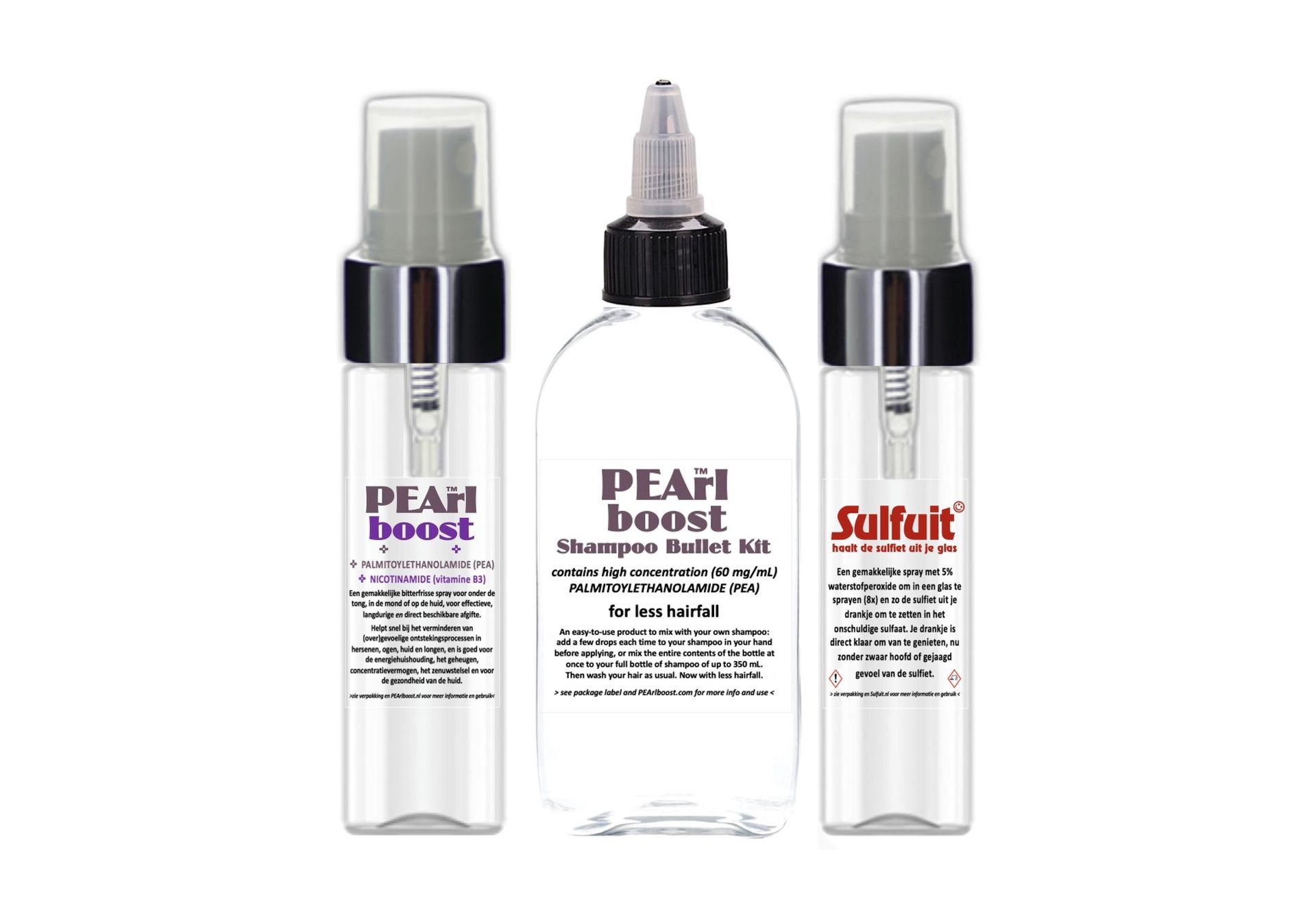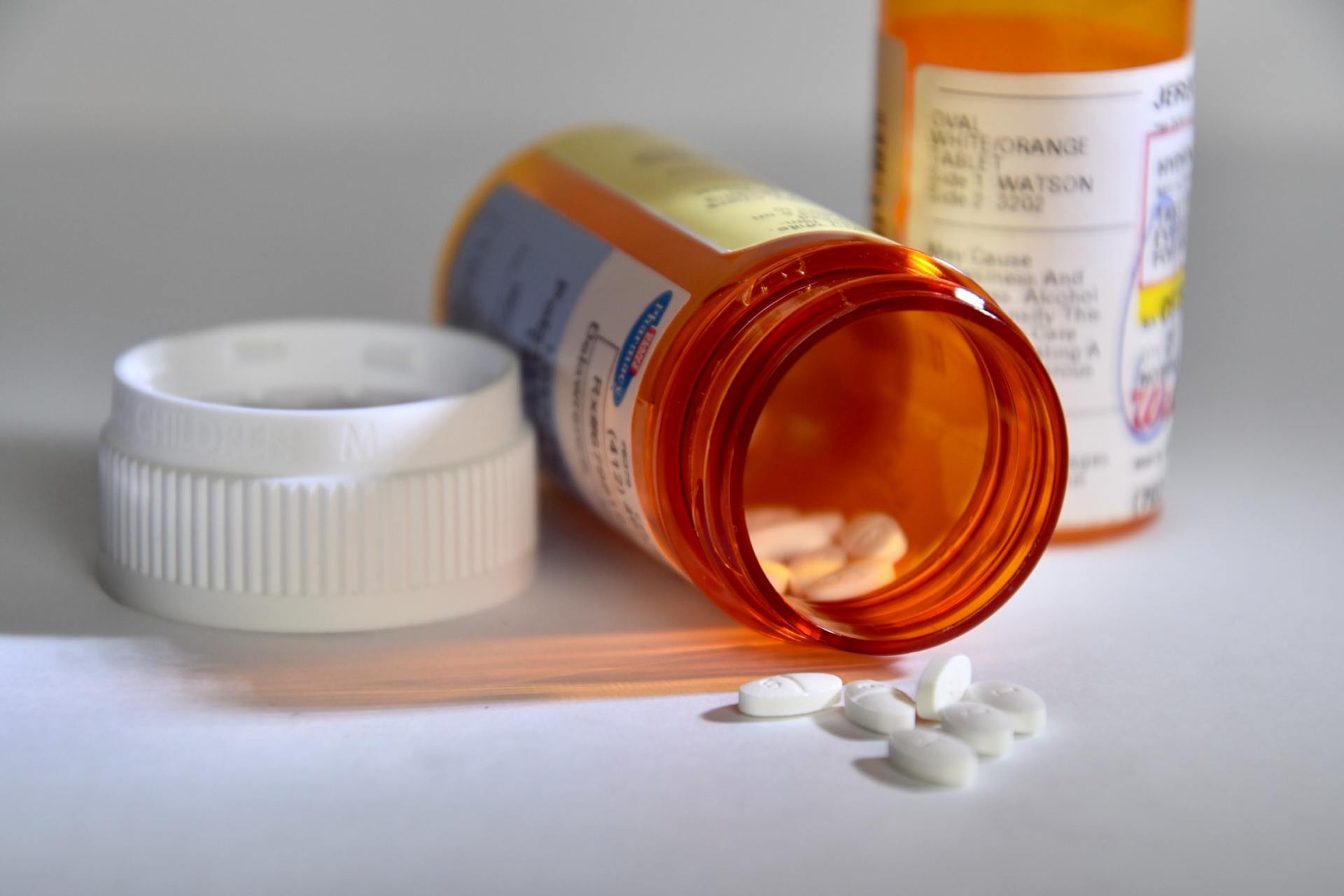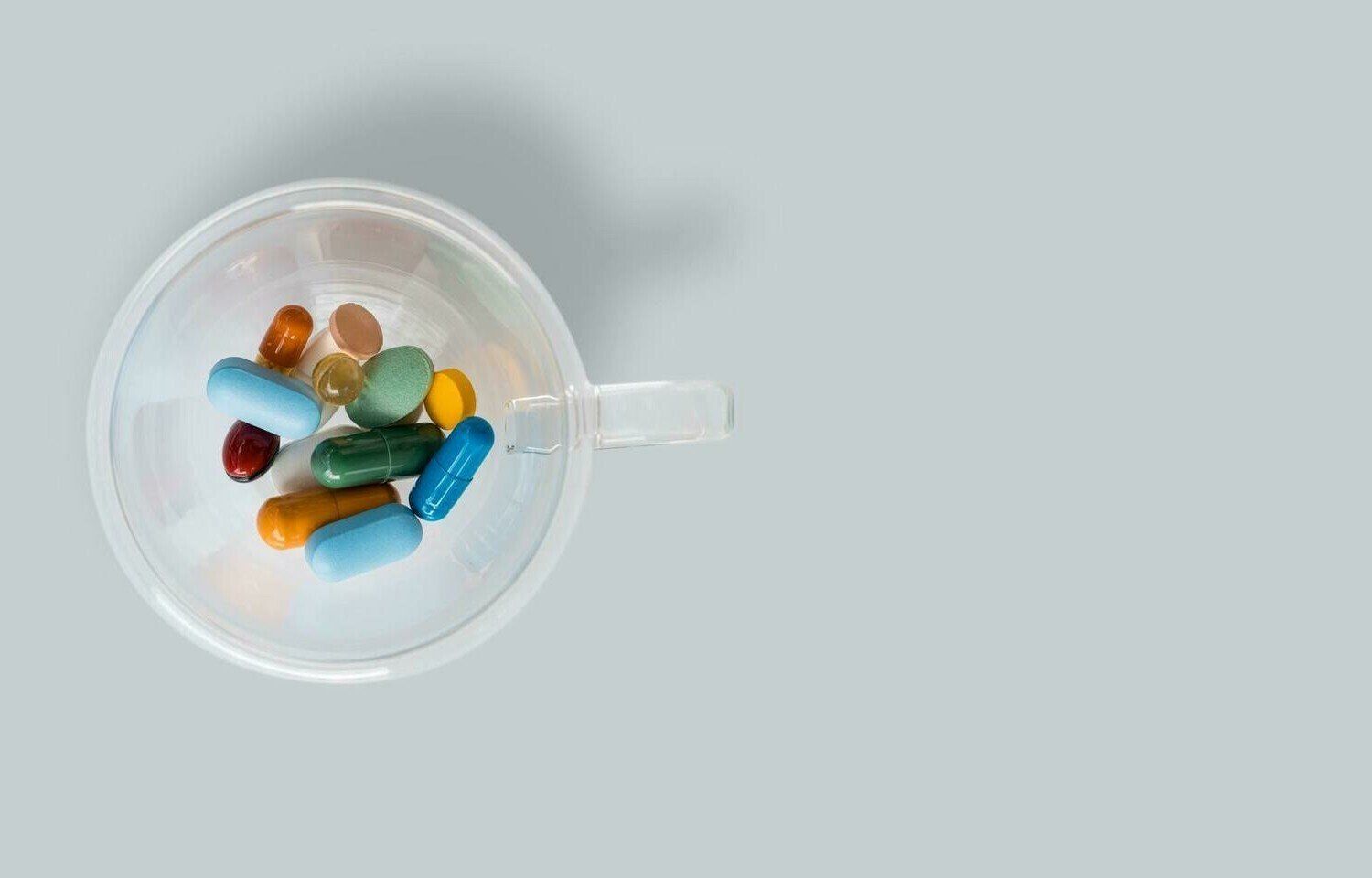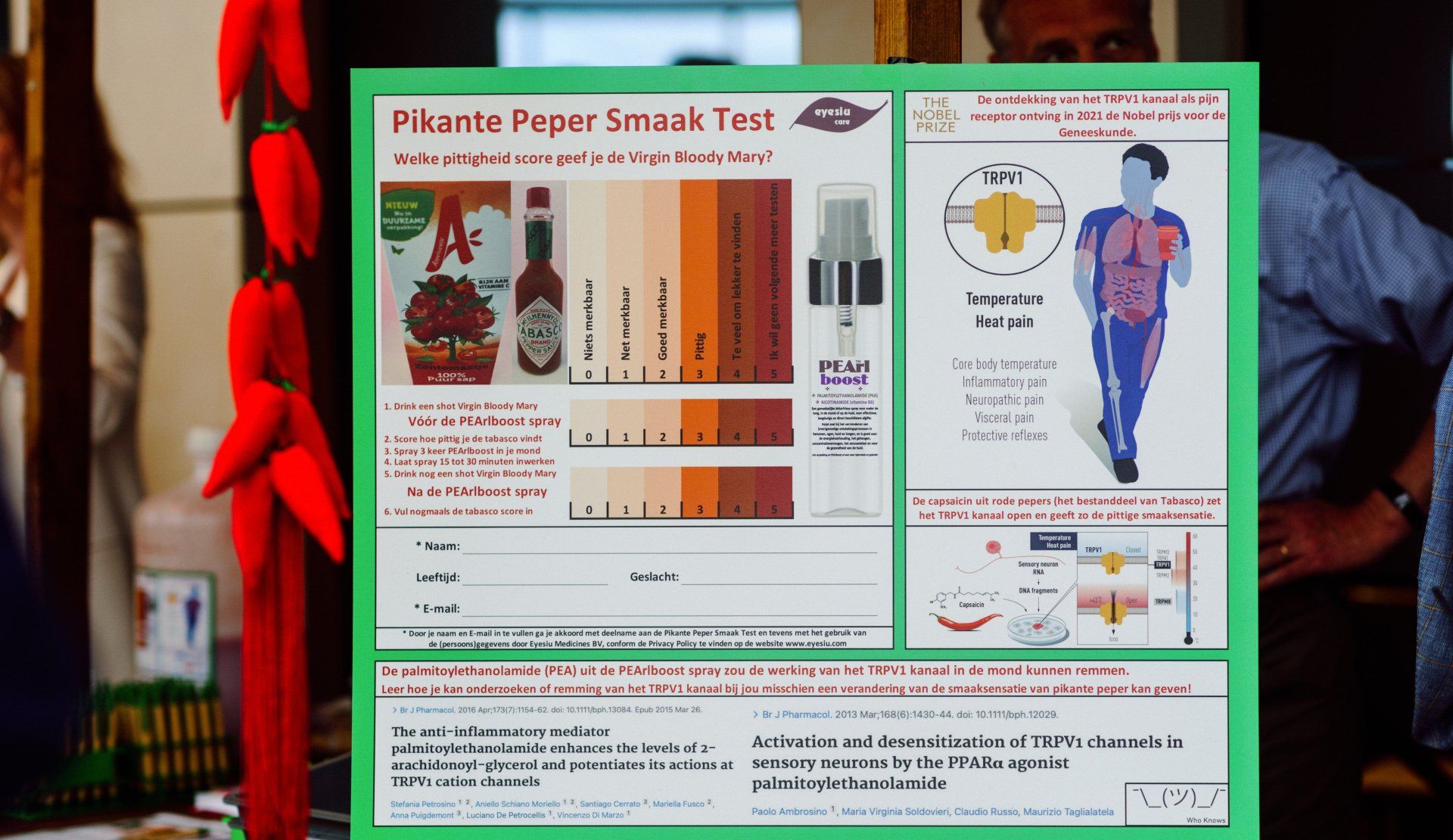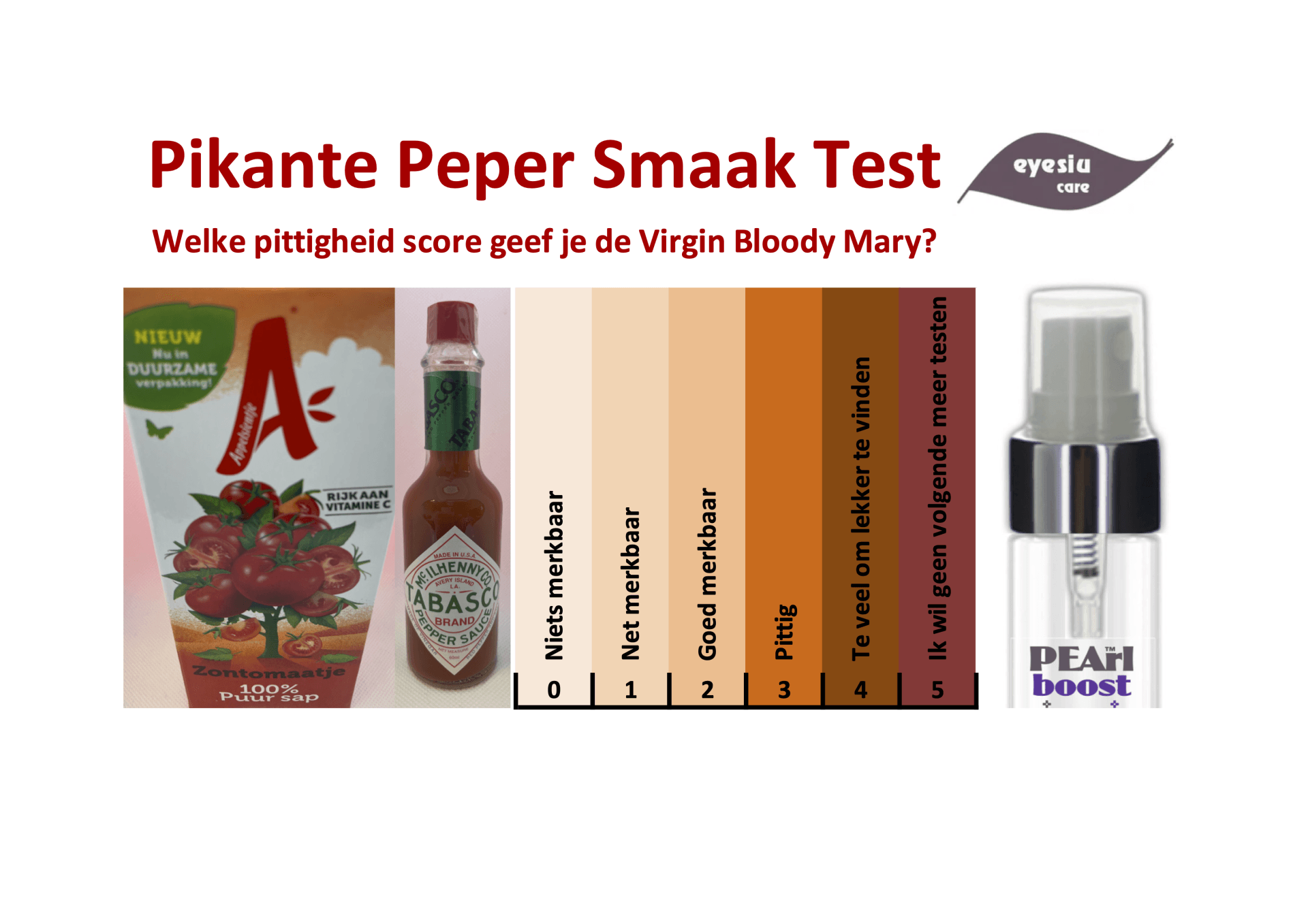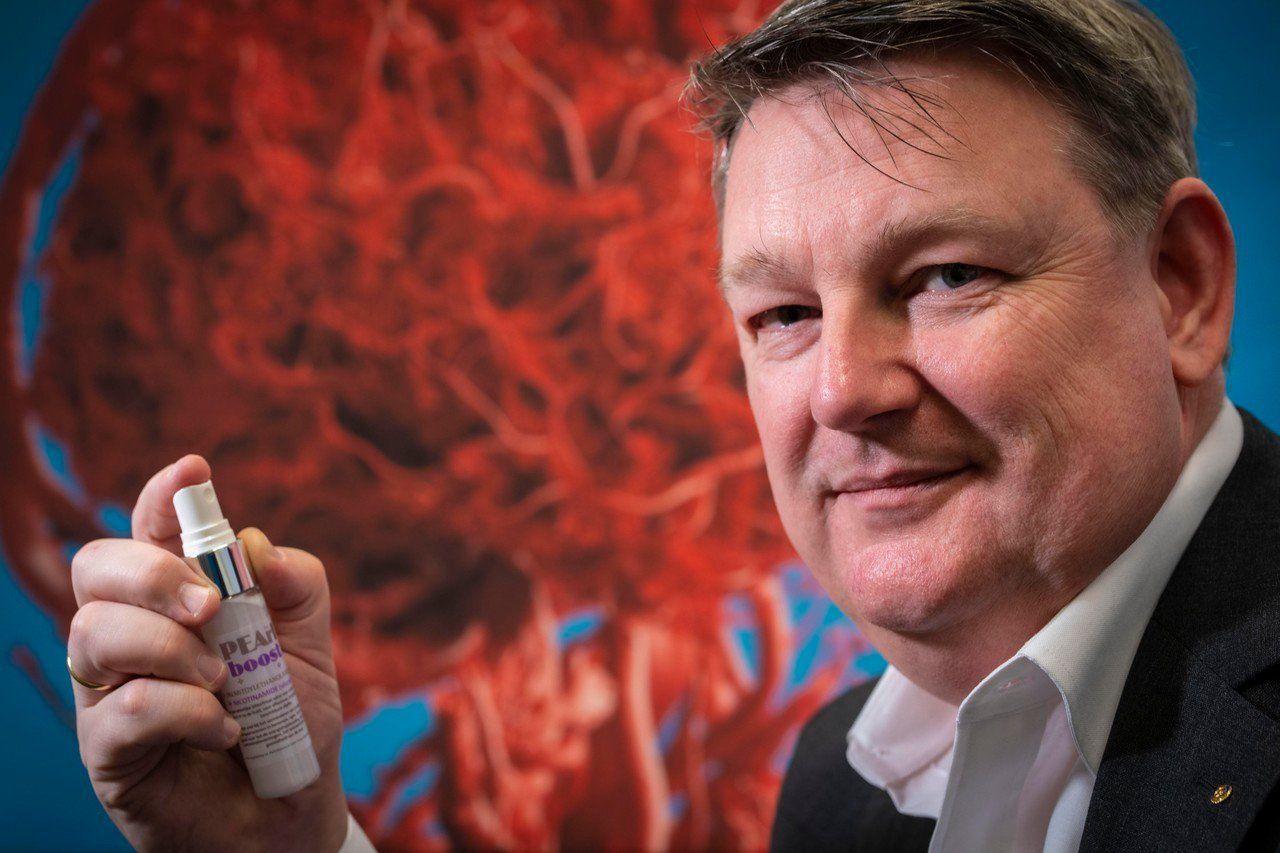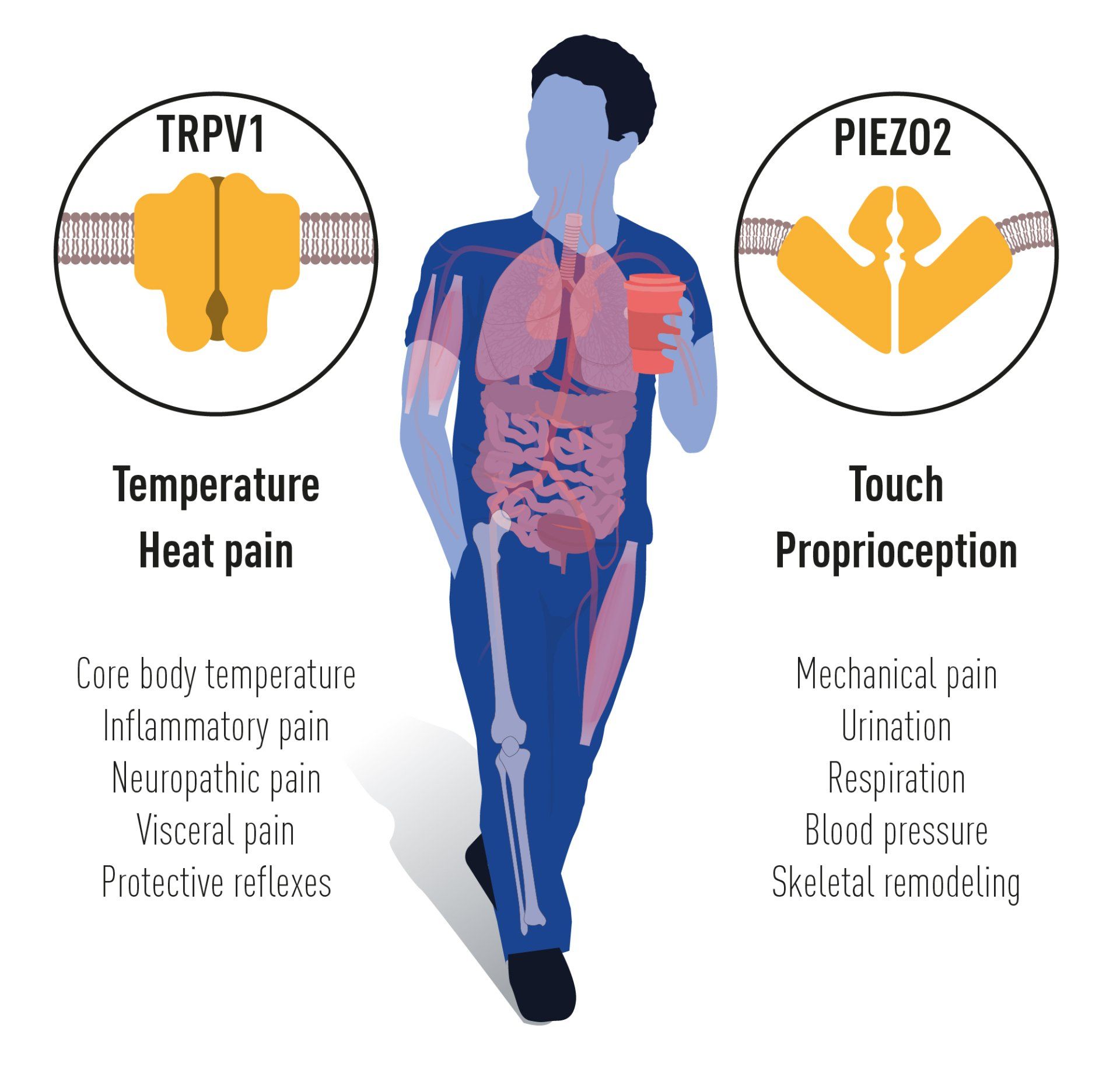Balancing immunotherapy for COVID-19: anti-inflammatory (✓) versus immunosuppressive (✗) activity
Balancing immunotherapy for COVID-19: anti-inflammatory (✓) versus immunosuppressive (✗) activity
- So other than direct anti-viral therapies (vaccines and drugs) and emergency medicines addressing the hyper-inflammation, we also urgently require anti-inflammatory treatments that are safe, affordable and widely available for the majority of individuals who will get exposed to the virus.
- Obviously, such anti-inflammatory treatments should not limit the body’s capacity to fight off the virus with its immune system.
- For this we need to look at existing anti-inflammatory compounds that have or are designed to have minimal (systemic) immunosuppressive activity, such as palmitoylethanolamide (PEA) or locally administered solvent-free cyclosporine A (CsA).
The second innovative and readily available option would be to make smart use of the supportive health benefits of specific food supplements / nutraceuticals. Food supplement compounds are neither drugs nor medicines, and have no proven pharmacological effect on specific diseases or indications, but rather support the natural physiological response of the body to help cope with diseases. To date, several supplements, such as vitamin C, vitamin D, melatonin, resveratrol, have already been coined to be potentially of benefit in help reducing (leptin and/or angiotensin II-induced) reactive oxygen species damage, thereby acting as anti-inflammatory compounds without immunosuppressive side effects.
Likewise, and perhaps even more remarkable, activators of the (corticosteroid-induced) nuclear receptor peroxisome proliferator-activated receptors alpha (PPAR-α), such as the food supplement palmitoylethanolamide (PEA), have a direct anti-inflammatory effect on PPAR-α expressing cells and tissues like in the liver, the endothelial cells in the vascular wall, smooth muscle cells, monocytes/macrophages, and foam cells. Upon activation, these PPAR-α receptors induce relevant activities that collectively contribute to an anti-inflammatory response (leading to reduced von Willebrand factor release), without the unwanted immunosuppressive effects that are required to eliminate the virus:
- attenuate angiotensin II-induced vascular inflammation;
- reduce vascular barrier leakage;
- reduce leptin levels;
- increase expression of SOD (reducing formation of reactive oxygen species), Ob-Rb (restoring leptin sensitivity);
- reduce pro-inflammatory transcription factors, cytokines, chemokine, adhesion molecules, enzymes and related mediators (NF-kB, iNOS, AP-1, tissue factor, IL-6, MCP-1, ICAM-1, VCAM-1, MMP-9, TNF-α, PGF, COX-2, prostaglandins).
Collectively, these PPAR-α activating nutraceutical effects could help to soothe the vascular inflammation whilst maintaining the body's full capacity to eradicate the virus.
| "About PEA, and why to use it as food supplement to help maintain and support a healthy lifestyle:" |
Biological mechanism fully characterised:
PEA is an endogenous (body-own) fatty acid amide with a wide range of biological functions involved in the body’s response to help reduce chronic pain and inflammation. PEA is clinically and scientifically proven to directly activate PPAR-α, GPR55 and GPR119, and indirectly CB1 & CB2 receptors and TRPV1 channels, collectively known as the “entourage effect” (Petrosino et al (2017)).
Supporting role in many human and animal uses:
There are numerous scientific publications on the physiologically supportive role of PEA on the immune system and the natural cellular response in conditions involving chronic pain complaints (neuropathic, musculoskeletal, fibromyalgia, endometriosis, pelvic pain, migraine); epilepsy, amyotrophic lateral sclerosis (ALS), multiple sclerosis (MS), Parkinson's disease (PD), Alzheimer's disease (AD), autism, sleep disturbance, depression, stroke; glaucoma, diabetic retinopathy (DR); geographical tongue, psoriasis, atopic dermatitis, rosacea, acne; hay fever, cough, asthma, idiopathic pulmonary fibrosis and cystic fibrosis, COPD, colds and flu. These publications are summarised in this extensive blog about PEA.
PEA has been freely available for consumers as a food supplement for many years:
Physiological PEA levels can become reduced, yet never depleted, and since PEA is also highly present in food sources, such as from soybean, egg yolk and peanuts, PEA is regarded as a "vitamin" and marketed as food supplement, freely available for consumers. PEA is therefore readily available in many (web)shops and drugstores for all interested consumers. These PEA supplements (capsules, powders, liposomes, creams, spray) support the consumer to keep the brain, eyes, lungs, skin and hair healthy and free of pain. The capsules, powders and liposomes containing PEA must be swallowed several times a day for several weeks in order to observe efficacy. Instead, the PEArlboost spray solution, when applied under the tongue or on the skin, provides a fast and long-lasting effect, at a low dose in an easy to administer form.

